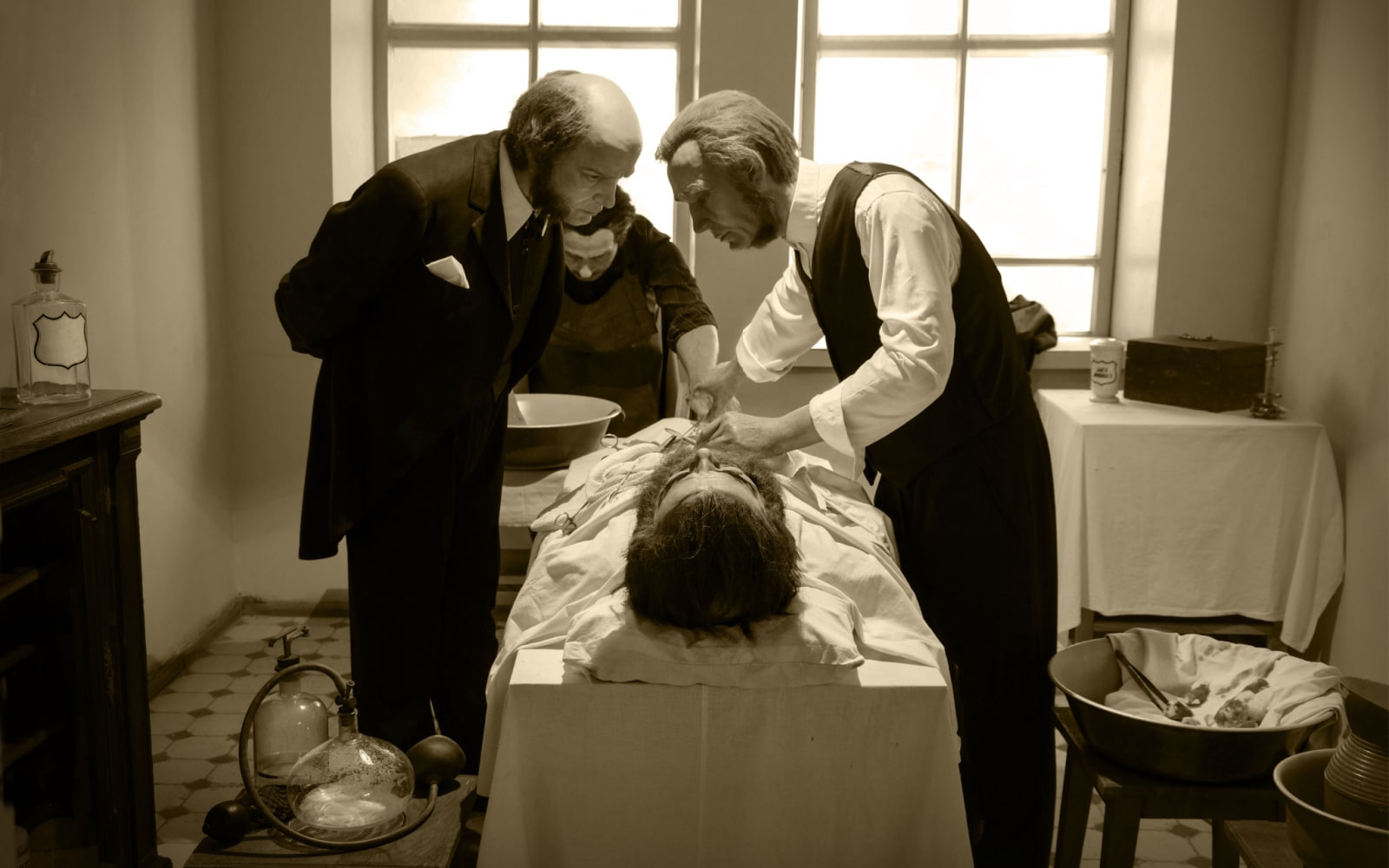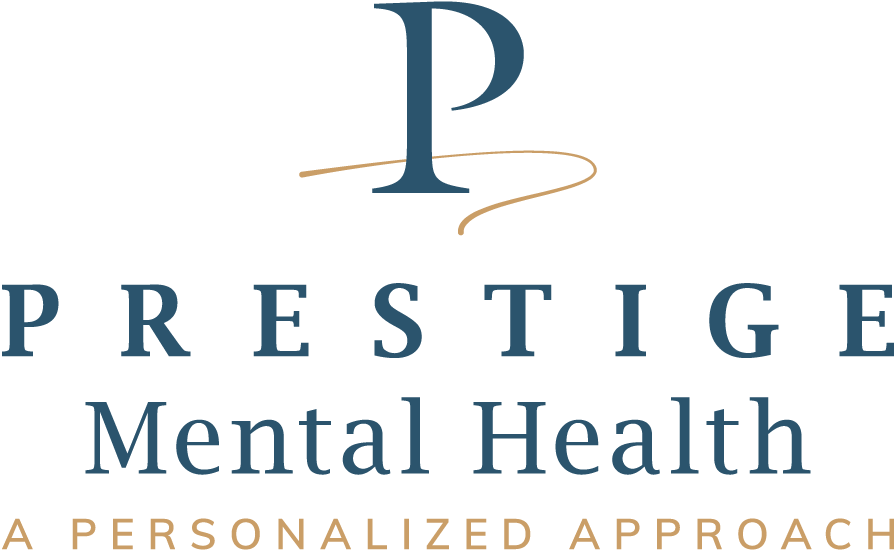The past of mental health care is a frightening topic. The first treatments for mental illness devised by humanity were tainted with superstition, ignorance, and dread. Treatments for mental illness patients were considered second only to torture for millennia. Given the history of mental health treatment, it makes perfect sense for individuals in modern times to experience a small amount of fear before seeking assistance.
Obsolete Mental Health Treatments
Thanks to modern medicine, the era of seclusion and sterilization has passed, and the science of treatment has entered a kind of golden age for those needing mental health care. The initial treatments for mental disorders included:
- Trepanation: The ancient population might have chosen trepanation for various causes. It’s conceivable that Stone Age surgeons were attempting to release something evil from their patients’ heads, given how little is known about what causes headaches, hallucinations, and erratic behavior. One reason the operation is still carried out in hospitals is that it’s possible they were consciously attempting to relieve pressure on the brain. Trepanning was still a standard surgical procedure up until the late 1700s, and even after that, some doctors continued to give it as a complementary treatment.
- Bloodletting: Ancient people thought the four humors—blood, black bile, yellow bile, and phlegm—impacted one’s health. These were connected to different temps, wet and dry weather, and zodiac signs. Doctors would work to balance a patient’s humor to promote good health, typically through nutrition. The concept was somewhat reminiscent of Eastern ideas that underlie early acupuncture regarding qi and the movement of life force through the body. Blood was given the characteristics of being hot and wet, which were connected to insanity and aggression. As a result, it was a common belief in the Middle Ages that someone agitated had too much blood, which could be removed by cutting or using leeches.
- Isolation: In 1247, Saint. Mary Bethlehem Hospital was established in London as a haven for the sick and a residence for the dead. By about 1400, Bedlam, as it came to be known, began to focus exclusively on housing the insane. The hospital had developed into a perfect storm of cruelty and suffering by the 1800s. Authorities’ designation of Londoners as insane resulted in them being crammed into Bedlam’s narrow passageways and chained to the stone walls and floor. Feedings were irregular and infrequent, and orderlies beat prisoners for the slightest infraction. The sanitary situation was terrible.
- Lobotomies: The main goal of these shock treatments was to cause minor brain damage to test the hypothesis that damaged brain regions caused abnormal behavior. To achieve this, doctors created a procedure known as a lobotomy in the 20th century.
Mental Health Treatments with Prestige Mental Health Aren’t Nearly as Terrifying Now
Less invasive therapies come first for most conditions, followed by evidence-based, strictly monitored medication and procedure therapies. People who require mental health care today can rely on effective, compassionate care throughout their therapy thanks to the standards established by the Nuremberg Code. For an appointment with a member of Prestige Mental Health’s highly trained team, call (702) 945-2864. Treatments for mental illness today are secure and straightforward.






